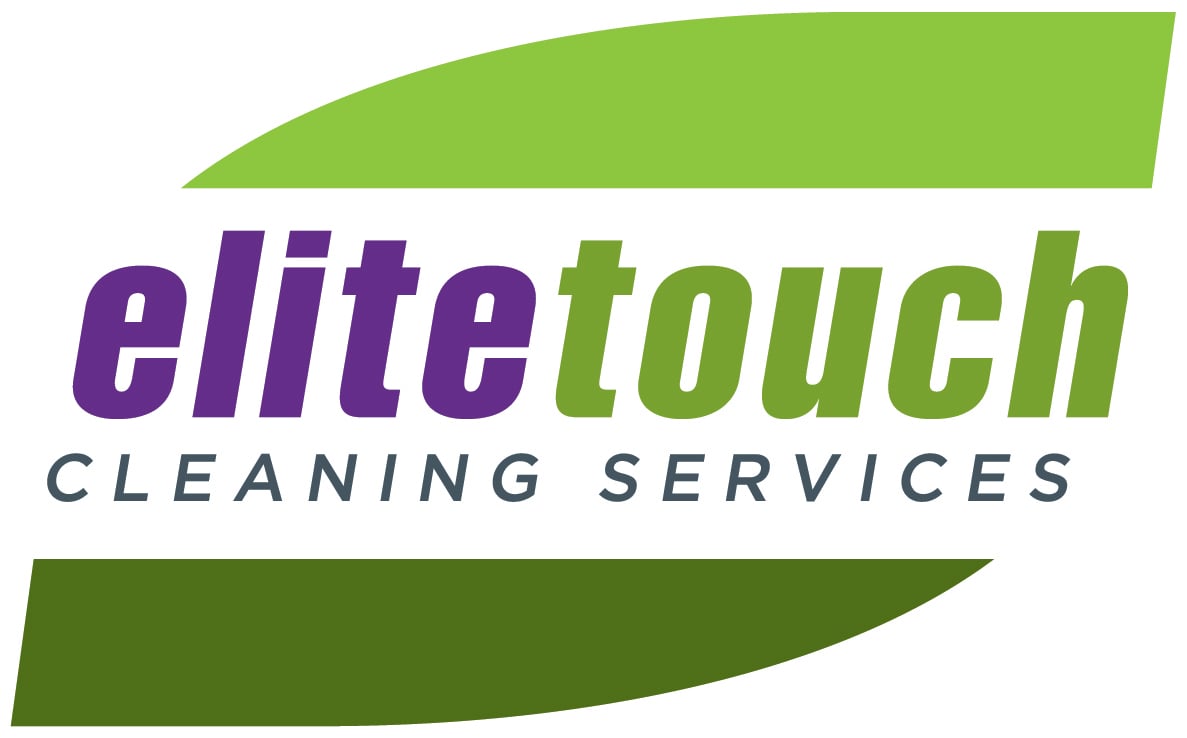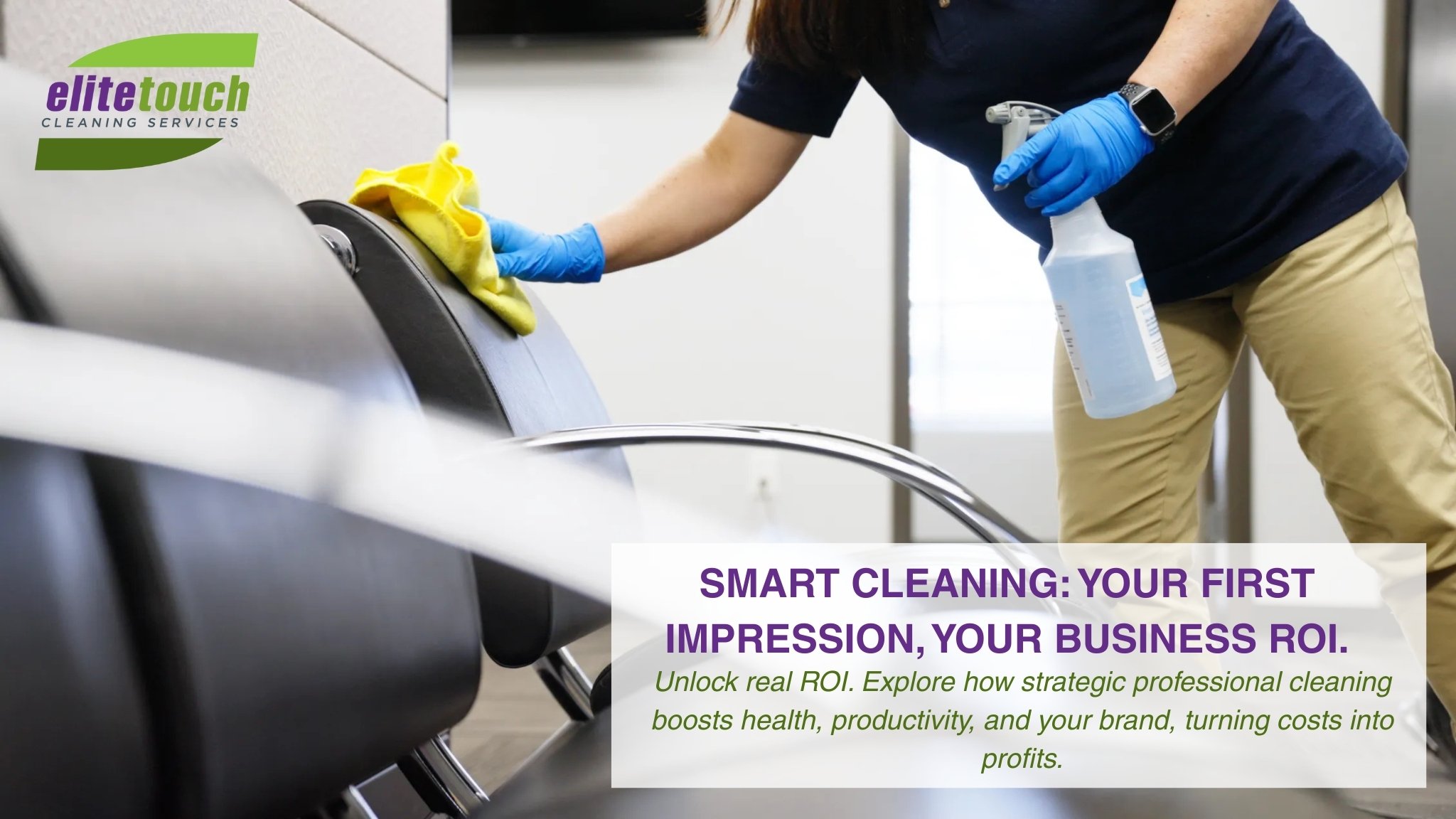The Future of Clean: Where AI Works and Why the Human Touch Still Wins
You’ve seen the videos, right? A slick little robot gliding silently across a polished floor, looking like something straight out of a sci-fi movie. For any business owner in Charlotte, the idea is tempting. A perfectly efficient, hands-off solution to cleaning.
It’s cool. There’s no denying it.
But it also makes you wonder. Can a robot really clean? I mean, can it handle the unpredictable, messy reality of an actual workplace? Can it see what a person can see?
Let's cut through the hype and talk about where robots shine and where the human touch isn't just better—it's absolutely essential.
Okay, So Where Do Robots Actually Shine?
First, let's be fair. These machines aren't just a gimmick. In the right setting, they're incredibly useful.
If you’re trying to clean a massive, wide-open space—think a giant warehouse floor or the endless hallways of a convention center—a robot is a fantastic tool. It can scrub those long, straight lines for hours and never get bored or miss a spot. It does the same exact thing, perfectly, every single time. For those huge, monotonous jobs, automation is a clear win.
But your business probably isn't a giant, empty warehouse.
For Everything Else? You Need a Person.
A truly clean space is all about the details. It’s the hundred little things that a robot’s sensors and programming will never, ever catch.
A robot follows a map. A person sees the mess.
That’s the difference.
A human technician is the one who will notice the coffee ring someone left on the conference table. They’ll spot the scuff marks on the wall from a clumsy delivery. They'll hunt down the source of that weird smell coming from the breakroom fridge.
A robot can’t do that. It just keeps rolling.
And what happens when something unexpected occurs? An overturned plant, a leaky pen, a mess from a last-minute office party? A robot will either get stuck or plow right through it. A person stops, thinks, and solves the problem. They know which product to use for that specific stain on that specific carpet. That's not programming; that's experience.
Then there's the biggest factor of all: trust. Do you really want a machine with cameras and sensors roaming your empty office at midnight? Or would you rather have a vetted, insured, and accountable person—someone you can actually talk to—caring for your space? For most people, the answer is pretty clear.
Let's Talk About What You're Really Thinking
We talk to business owners about this stuff all the time. Here are the honest answers to the questions you're probably asking in your head.
- "So are you just saying these robots are a fad?" Not a fad, but definitely not the whole story. Think of them as a tool for a very specific job. For the detailed, top-to-bottom clean that a professional office or medical clinic needs? They're not even close to being a complete solution. They can help a human crew, but they can't come close to replacing one.
- "Won't AI make cleaning cheaper eventually?" It’s the million-dollar question, isn't it? But the math doesn't quite work out. You still have the high cost of the robot itself, plus maintenance and software. And even then, you still need to pay a human crew to do all the things the robot can't—like disinfect doorknobs, clean restrooms, dust surfaces, and take out the trash. Right now, a skilled human team is still the most efficient and cost-effective way to get a complete clean.
- "What kind of 'smart tech' do you guys use, then?" This is my favorite part. The smartest technology isn't always the one that beeps and whirs. The smartest tech is the stuff that makes your space healthier and safer. We geek out on things like:
- Hospital-grade HEPA vacuums that literally pull allergens and microscopic gunk out of the air your team breathes.
- Advanced, eco-friendly disinfectants that are scientifically proven to kill nasty viruses without leaving behind toxic chemicals.
- Engineered microfiber cloths that trap way more dirt and germs than old-school cotton rags.
That's the tech that makes a real difference.
The Bottom Line: Robots Clean Floors. People Care for Buildings.
Technology is always going to get better, and that's a great thing.
But a truly clean and healthy workplace is about more than just a clear path for a robot to follow. It’s about attention to detail. It's about adaptability. And it's about the peace of mind that comes from knowing a real person is looking out for your space.
When you're ready for a clean that's delivered with human intelligence, give us a call. Let's talk about the difference a person can make.

